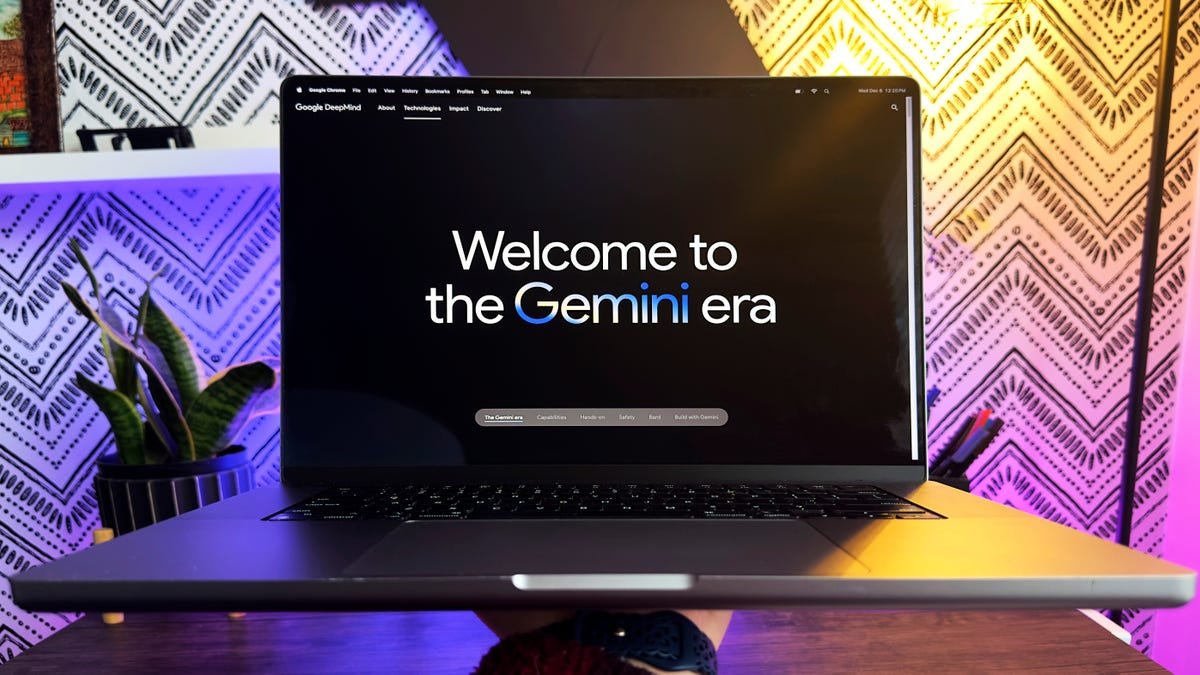OpenAI Launches Sora: A Cautious Step into AI-Generated Video Creation
Introduction to Sora: Revolutionizing Video Generation
In an exciting development for tech enthusiasts and content creators alike, OpenAI has officially unveiled Sora, its innovative artificial intelligence video generator. This tool allows users of ChatGPT’s premium version to create AI-generated videos through simple text commands. However, this groundbreaking feature comes with significant limitations aimed at ensuring ethical usage.
Limits on Human Depiction: A Responsible Approach
Sora stands out as a powerful tool for video generation, but OpenAI has implemented restrictions on its use concerning human likenesses. Only a select group of testers have the ability to create videos featuring people. This cautious approach stems from a commitment to “address concerns around misappropriation of likeness and deepfakes,” signaling a heightened awareness of the ethical implications associated with AI-generated content.
The Potential of Text-to-Video Tools
The introduction of Sora is seen as a game-changer in the world of digital media. Text-to-video AI tools have been marketed as a cost-effective solution for producing promotional and entertainment videos, offering an avenue for creativity previously reserved for skilled artists and videographers. Despite their potential, these tools also pose significant risks, particularly regarding their ability to impersonate public figures and influence political discourse.
Combatting Misuse: A Focus on Safety Features
In addition to limiting human depictions, OpenAI is taking steps to enhance safety measures within Sora. The organization has explicitly stated that content containing nudity will be blocked, with a top priority placed on preventing the creation of harmful material, including child exploitation and sexual deepfakes. This proactive approach reflects OpenAI’s commitment to mitigating risks associated with deepfake technology.
A Record Response: Overwhelming Demand for Sora
Just days after launching, Sora quickly garnered massive attention, leading OpenAI to temporarily pause the creation of new accounts. “We’re currently experiencing heavy traffic,” the company stated, a clear indication of the interest that this innovative tool has sparked among users. This response underscores the pressing demand for generative AI technologies that can enhance content production.
Timeline of Development: Unveiling After Engagement
OpenAI first introduced the concept of Sora earlier this year and has since engaged with various stakeholders, including artists and policymakers. This deliberative process highlights OpenAI’s commitment to responsible AI development, ensuring that ethical considerations are at the forefront as they roll out new technologies.
Transparency and Training Data Concerns
Despite the excitement surrounding Sora, some questions remain unanswered. OpenAI has not disclosed the specific imagery and video sources used for training Sora, leading to speculation and concern among some observers. This lack of transparency could impact trust, especially given ongoing legal challenges involving the use of copyrighted material in training datasets.
Collaborative Efforts: OpenAI and the Associated Press
OpenAI’s collaboration with the Associated Press (AP) serves as a notable example of its engagement with prominent media organizations. Under a licensing and technology agreement, OpenAI has gained access to portions of the AP’s text archives, showcasing the potential for partnerships that can further enrich AI training methodologies.
Navigating the Ethical Landscape: Future Considerations
As Sora moves forward, OpenAI faces the complex landscape of balancing innovation with ethical responsibility. Few are questioning the necessity of establishing guidelines for using AI in creating visual content that may impact public opinion or individual reputations. The company’s selective release strategy speaks to its wish to enter the market thoughtfully and considerately.
What This Means for Content Creators
For creators and marketers, Sora presents both opportunities and challenges. An increase in efficiency and creativity in video production could lead to more engaging content, yet the complexities around the ethical implications of AI-generated visuals prompt a call for caution.
The Ensuing AI Revolution: Beyond the Screen
As the world becomes more reliant on AI-driven tools, the evolution of platforms like Sora could reshape how we think about content creation. Digital media professionals will need to adapt and innovate while remaining sensitive to the moral intricacies involved.
Public Response: Excitement Coupled with Skepticism
While many have expressed excitement over Sora’s capabilities, there exists a layer of skepticism regarding the long-term implications of the technology. The thin line between creativity and misuse raises questions that broader society will need to navigate as AI continues to develop.
Looking Forward: OpenAI’s Future Directions
With Sora’s launch, the future of AI video generation looks promising but correlated with numerous responsibilities. OpenAI’s foresight in addressing potential ethical issues now may well determine the tool’s successful integration into broader media practices.
Conclusion: A New Era of AI-Generated Video
In conclusion, OpenAI’s introduction of Sora marks a transformative moment in the landscape of digital video creation. While the tool opens up new horizons for innovation and efficiency, it simultaneously demands a respectful and responsible approach to the power it wields. As the conversation surrounding AI ethics continues to evolve, Sora’s careful rollout reflects a commitment to harnessing technology for beneficial, rather than harmful, ends. The world is watching, and the implications of this initiative will undoubtedly resonate for years to come.







